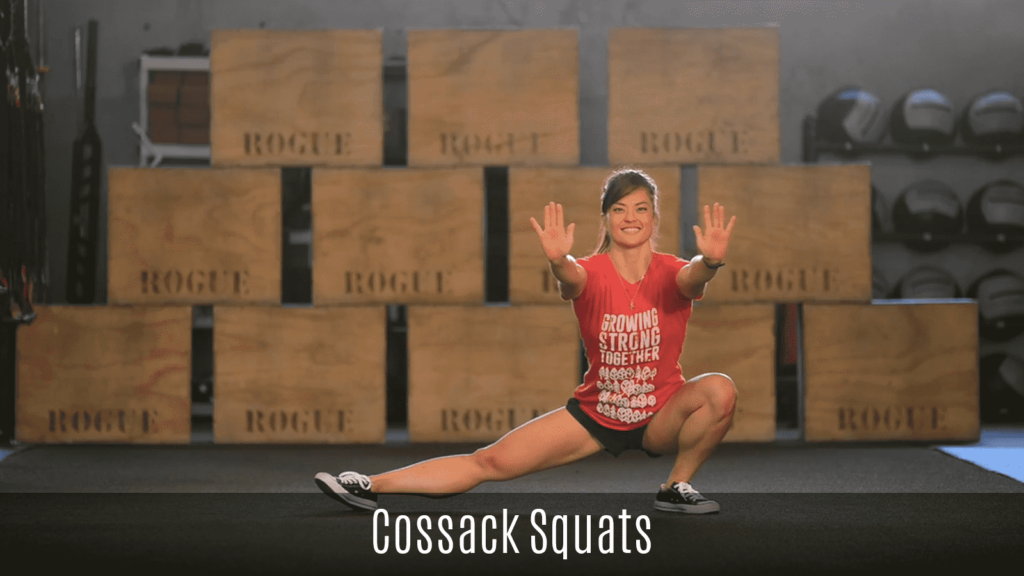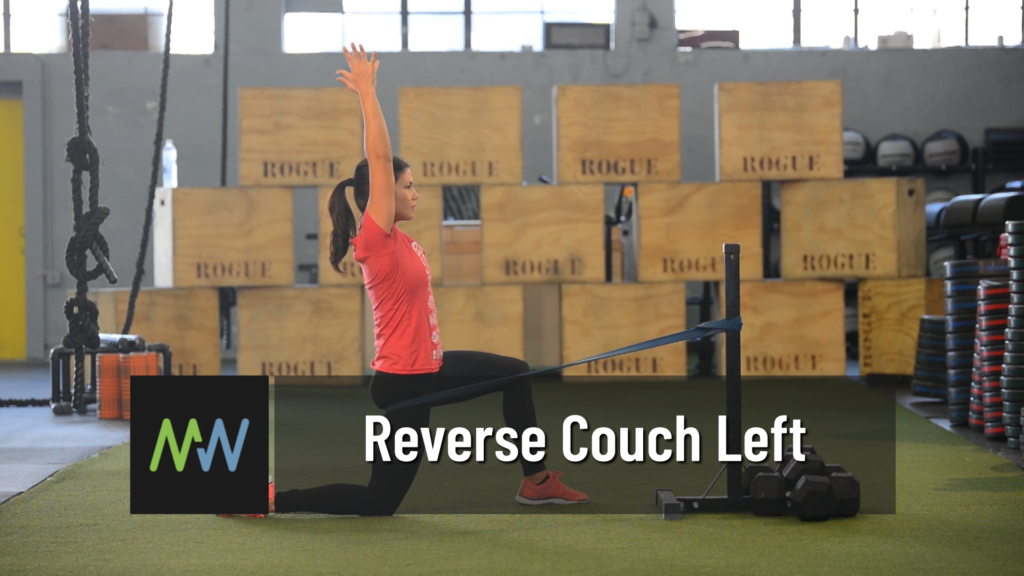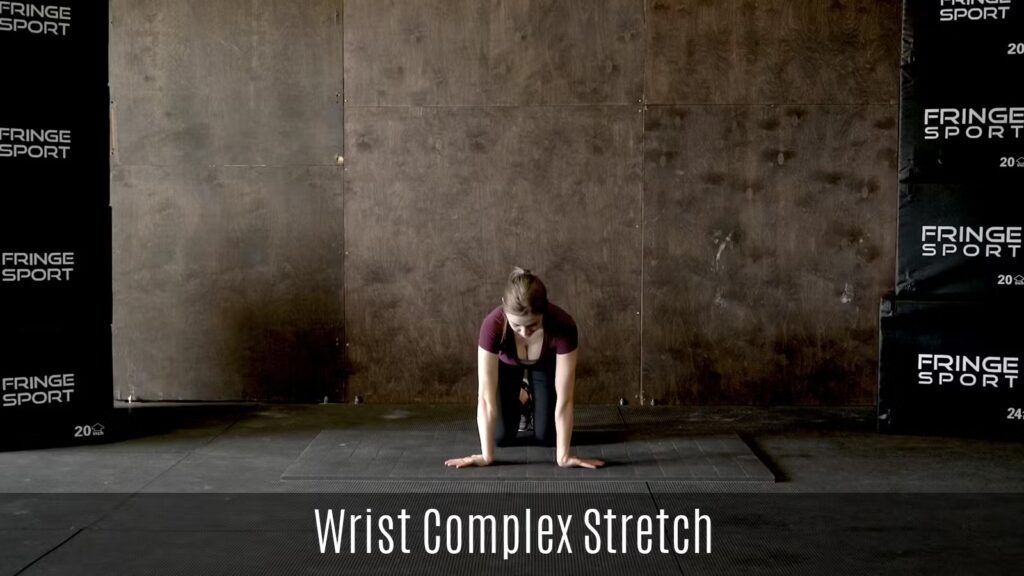If your hips are not functioning to the best of their ability, there is no doubt that it will impact your quality of life. Everyone wants, and deserves, to feel their best as they move throughout their day. Whether it is walking to work, picking up your child, getting up out of bed, or completing a workout, your hips play a major role in moving us throughout the world.
If we do not do our best to take care of our joints, especially the hips, we may start to notice pain and limited mobility in these areas. So much of our body is interconnected as well that limited mobility in one region can greatly impact the function of other joints and muscles. This is why we created Movewell App. We wanted to give you the tools and resources to do maintenance on your body and keep it feeling its best.
If you are specifically struggling with your hips, we recommend implementing this banded hip distraction. By using the resistance band, it provides a stimulus that we wouldn’t necessarily be able to receive by doing a standard runner’s lunge or lizard variation. This movement does require a certain setup and equipment, so keep reading to learn how to properly implement this into your stretching routine. We will also discuss the benefits of completing this stretch regularly and ways to modify it if necessary.
What is a Banded Distraction?
The use of banded distractions in a mobility routine was made popular by the OG mobility guru Kelly Starrett, DPT. In his book Supple Leopard, he talks about the use of banded distractions in comparison to static stretching.
This is why he thinks banded distractions are more effective: “To help you understand this concept, imagine a rubber band that is fat on one end and skinny on the other. If you pull on that rubber band from both ends what happens? The skinny part stretches, but you get only a little bit of stretch at the thick end. Similarly, your tissues will stretch at their weakest point. This is why people feel a big stretch in the backs of their knees when they stretch their hamstrings; the weakest end of the hamstring muscle is where it inserts behind the knee. Well, your joint capsule represents the thickest part of the rubber band. In order to effect change within a joint capsule, you need to create space in the joint. You do so by creating a banded distraction.”
What is the Banded Hip Distraction?
When it comes to the hips, we want to ensure that we are addressing the whole joint – not just the weakest part. This is where the banded hip distraction comes into play.
To perform this distraction, you will need a medium-tension resistance band and a sturdy vertical post. We recommend using the leg of a squat rack or something similar that will not move when the band is affixed to it and tension is applied. When you are ready, affix your resistance band around a solid rack or pole. Move away until the band gives you some resistance.
Push up from a plank position and bring your right foot up level with your hands into a lunge position. The band should be halfway up your inside leg with the band slightly pulling your leg towards the post.
Make sure the band is pulled tight to provide you with some resistance and move around in this position until you feel a stretch. Feel free to move around in this position, you can push your knee wider with your elbow or move up into more of a lunge. See what suits you best.
Stay in this position for a set amount of time. We recommend at least 30 seconds, but stay longer if that feels appropriate for you.
Once you have met your desired time, carefully step your leg out of the band and switch sides. This time, perform the banded hip distraction on the left leg. Switch direction so that your left leg is the leg closest to the vertical post to which the band is tethered. Hold for the same amount of time on the left.
Banded Hip Distraction Modifications
If you cannot perform the banded hip distraction because of lack of equipment, we recommend any other hip opening body weight stretch. You can consult our hip movements to find the ones that will work best for you. Pigeon pose, runner’s lunge, or lizard pose all might be good options.
If you ever experience pain while performing this distraction, come out of the pose immediately. Seek care from a healthcare professional if you deem it necessary.
Affix a resistance band around a solid rack or pole.
Move away until the band gives you some resistance.
Pushup from a pushup postion and bring your foot up level with your hands.
The band should be halfway up your inside leg, with you turned side on to where the band is fixed.
Make sure the band is pulled tight to provide you with some resistance and move around in this position until you feel a stretch.
Feel free to move around in this position, you can push your knee wider with your elbow or move up into more of a lunge.
See what suits you best.



